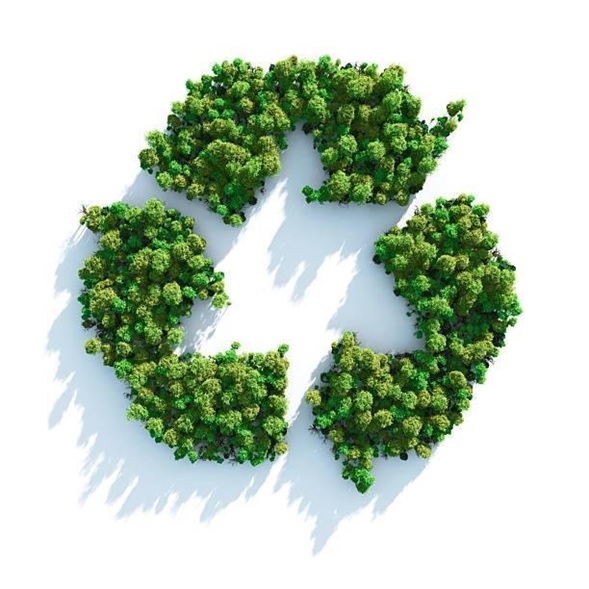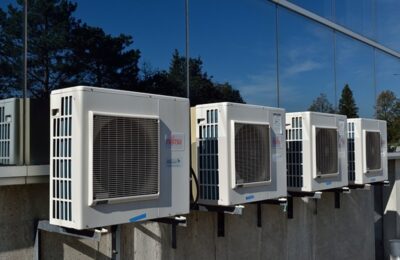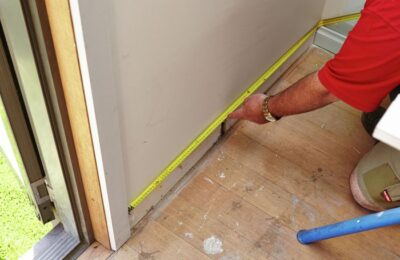Carpet cleaning has long been an essential household service for homes in London’s Chelsea neighborhood. However, the evolution of how this task was accomplished over the past decades has seen significant changes. This article charts that transformation by tracking the chronological history of carpet cleaning prices and technology in the area since the 1950s.
In the early post-war era of the 1950s, the do-it-yourself (DIY) method was the prevalent culture as professional services were still limited. However, through thorough research of period records like advertisements and local recollections, the progression from those homemade solutions to today’s advanced on-demand cleaning options would be revealed. For more clarity, here‘s more info on the DIY concept and its history.
By constructing a living timeline of the industry in Chelsea across decades, we gain insight into how innovations and shifting consumer demands have revolutionized this everyday cleaning chore over the years.
A Look at Carpet Cleaning in Chelsea During the 1950s
With professional cleaning services still limited in the 1950s, homeowners would rent steam cleaning machines to deeply clean their rugs. Harsh chemical solvents like naphtha were also commonly employed for spot treatment.
As the decade progressed, some pioneers entered the emerging professional carpet cleaning industry. However, DIY rentals remained the dominant approach to keeping carpets fresh during this period.
The Evolution of the Industry in the 1960s
The 1960s saw the beginnings of significant changes to the carpet-cleaning landscape in Chelsea. The growing professionalism of the industry was fueled by new machinery like vacuum cleaners and chemical innovations coming to market.
Larger mechanical extraction machines provided faster and more thorough cleaning than older steam systems. More synthetic cleaning solutions also emerged, promising gentler formulations.
By the late 1960s, many homeowners had made the switch from DIY rental machines to hiring professional services. This brought in a new standard of convenience and more consistent, high-quality carpet care for the community. The industry had fully evolved from its early stages and was primed for further growth.
Carpet Cleaning Advances in the 1970s
During the 1970s, the carpet cleaning industry in Chelsea continued advancing with new technologies.
More efficient cleaning machines and methods were adopted to improve services. As carpet fiber materials evolved, products were developed to safely clean the newer textiles. Consumers began seeing more advertising and options for on-location services.
By the end of the decade, professional services had become the standard approach.
Consumer Demands Rise: Meeting New Expectations in the 1980s
The 1980s however, saw expectations grow among carpet owners in Chelsea.
Services responded by highlighting values like convenience, health standards, and environmental sustainability in their advertising. Technology also helped businesses enhance accessibility and booking systems.
Over the decade, professional cleaning became established as part of routine household maintenance.
How Mobile Cleaning Took Off in the 1990s
Portable equipment introduced new flexibility for carpet cleaning services in Chelsea during the 1990s. This enabled unprecedented access through quick on-demand appointments scheduled by telephone.
Seeing the opportunities, existing companies scaled up their mobile divisions while new businesses focused solely on mobile cleaning models. Consumers welcomed the resulting ease and responsiveness of on-call carpet care services.
Where the Industry Is Today

The carpet cleaning industry has significantly evolved since originating in the early 20th century. Cleaning services like Anyclean Chelsea exemplify how the sector has changed over the decades. These companies now standardly use digital marketing strategies on their websites and offer online appointment booking systems.
At the national level, trends suggest carpet care remains a steady service sector, with large national chains and growing small mobile businesses both actively operating.
Meanwhile, innovation in cleaning agents continues at companies across the industry, focusing increasingly on environmental sustainability. Carpet protectors have also expanded the product lines marketed to consumers.
Looking ahead, as carpet fiber technology advances rapidly, the industry will need to adapt techniques and solutions to appropriately service the changing materials.
Through adjustments over decades that respond to shifts in technology, consumer demands, and business practices, the carpet cleaning industry has transformed considerably from its origins.
Pricing Over the Decades: How Costs Reflected Changes

Historical pricing data is limited, but sources from past decades provide some context. Early DIY rental options in the 1950s likely cost a nominal fee.
Initial professional services in the late 1950s/early 1960s reportedly offered competitive flat rates. Prices then rose steadily through the 1970s-1980s as the industry saw technological and quality improvements.
In the 1990s, mobile services were priced affordably based on the carpet. Today, pricing varies significantly based on material, size, treatments, and provider, but averages $75-$150+ per carpet.
Through the decades, inflation and upgraded service offerings were reflected in rates charged by carpet cleaning companies.
The Continued Evolution of Green Cleaning

Consumer focus on environmental sustainability has driven further progress. While sources are limited, major carpet cleaning product manufacturers have published goals around biodegradability and recyclability in recent years.
Companies emphasize natural and low-VOC (Volatile Organic Compound) products and extraction techniques that consume less water.
Companies now certify specific green training or practice standards for professional services as well. New techniques such as pre-spraying chemicals on carpets, as against older methods like mixing washing chemicals and water in the extractor, have now been adopted.
Also, interim cleaning techniques like bonnet cleaning, shampooing, and encapsulation are now the custom rather than dependence on extractors to get the job done.
Some other environment-friendly routines include ensuring quick drying, reduced cleaning frequency, and the use of modern green cleaning equipment to minimize the constancy and volume of pollution from the carpet cleaning.
As consumer demand for eco-friendly solutions grows, the carpet cleaning industry seems positioned to evolve cleaning methods and innovations accordingly through greener product research and continued education.
Looking Forward
This chronological overview illustrates the carpet cleaning industry’s evolution from basic DIY methods to sophisticated mobile services offered today.
Looking ahead, the future remains bright as consumers focus on sustainability and new fiber technologies will likely drive further innovation.
Having successfully adapted to changing demands and materials over 70 years, the carpet care sector is well-positioned to meet future challenges through responsive solutions.












